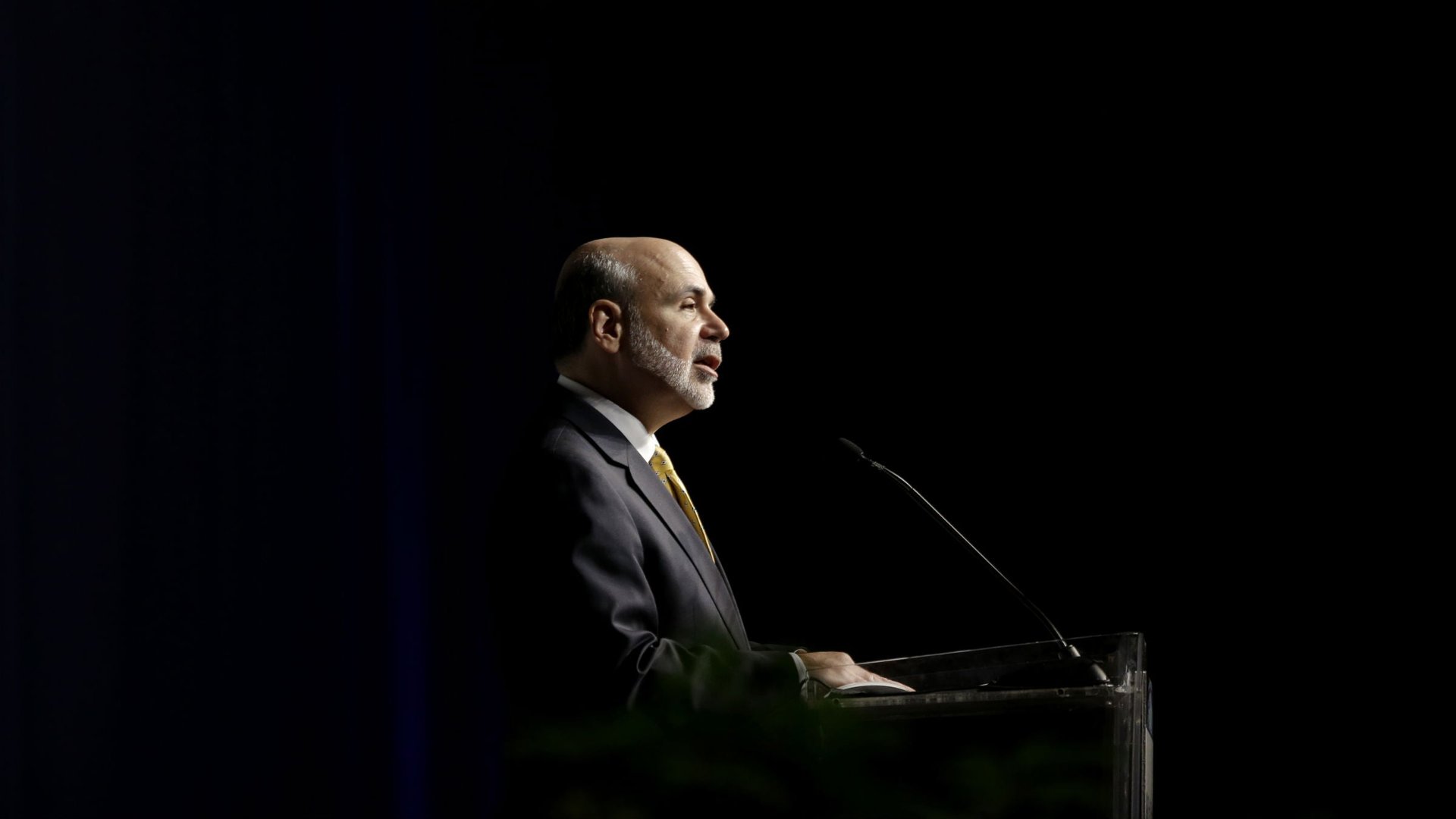Fed statement translation: Say hello to QE4
It was a big day for Fed watchers, as Ben Bernanke’s central bank over-delivered on expectations that it would move to support the economy further in 2013. You can read the statement yourself, but here’s a plainspeak version of what the Fed said it will do.


It was a big day for Fed watchers, as Ben Bernanke’s central bank over-delivered on expectations that it would move to support the economy further in 2013. You can read the statement yourself, but here’s a plainspeak version of what the Fed said it will do.
As expected, it decided to transition from its Operation Twist bond-buying program—in which the bank shifted its holdings of US government bonds from shorter to longer maturity debt—into a program of outright purchases of Treasurys. Under the new program—which some are already calling QE4, as it’s the fourth round of “quantitative easing”—the Fed will create $45 billion in new money every month and use it to buy US Treasurys. That’s important, because Operation Twist didn’t technically create much in new money as the Fed was basically just adjusting its debt holding. The new Treasury bond buying program is classic quantitative easing as it increases the quantity of money in order to ease financial conditions.
The Fed will also continue using $40 billion of new money each month to buy mortgage-backed securities guaranteed by federal housing agencies (that’s QE3). Those bonds are where almost all US home loans eventually end up, and the idea there is to lower mortgage rates. It’s been working: the survey rate on 30-year conventional mortgages has been hovering near record lows for months. So all told, the Fed will be creating roughly $85 billion in new money a month to buy financial assets, including the new Treasury bond-buying program and the mortgage-backed securities program.
The Fed also took a major new step that might be somewhat lost on those who aren’t hard-core central bank enthusiasts. The bank, for the first time ever, tied its expectations for where it will keep interest rates and policy to an actual economic outcome. It said its super-easy monetary policy will be appropriate at least as long as unemployment stays above 6.5% and expectations for inflation don’t get too far ahead of its long term goal of 2%.
Officially, the Fed said it could tolerate higher inflation as long as “between one and two years ahead is projected to be no more than a half percentage point above the Committee’s 2 percent longer-run goal, and longer-term inflation expectations continue to be well anchored.” For humans, you could just say anything above future inflation expectations of 2.5% for the next couple years, accompanied by an increase in longer-term inflation expectations might raise Fed eyebrows and prompt them to reconsider their policy. But it’s clear that unemployment is the focus of their actions at the moment. That’s just as it should be because low unemployment, not inflation, is the big problem du jour. The unemployment rate currently stands at 7.7%
This might not seem like a big deal, but it is. Central bankers traditionally prefer to operate with as much flexibility as possible. And some have worried that offering hard numbers might tie their hands when it comes to policy decisions in the future. But the Fed has ultimately come to the decision that such risks are worth it, in order to continue to convince the financial markets that it is really, really, really going keep rates low for the foreseeable future. And at any rate, if the situation changes, the Fed can always alter the targets it is using to set policy. These aren’t legally binding contracts, after all.
We’ll hear Bernanke’s own explanation of these new, harder targets at his press conference, which is scheduled for 2:30 p.m. ET.